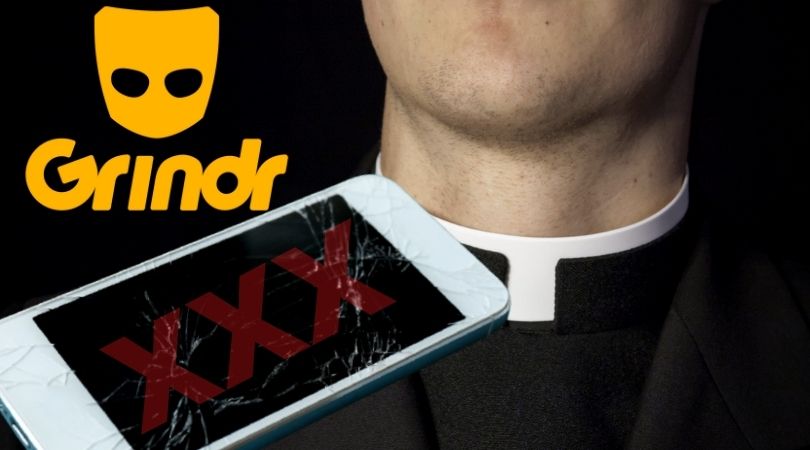
Catholic group spent millions on app data that tracked gay priests
March 10, 2023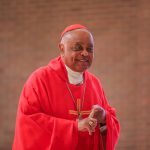
The Red-Hat Gay Mafia in the USA
June 23, 2023Advocates have been stunned by the number of cases that surfaced during this revival window
Although some cases are old, many perpetrators are still “priests in good standing” as is the case of Cardinal Roger Mahony of Los Angeles who is named as the abuser in more than 10 cases.
At least a third of California’s 12 Roman Catholic dioceses have either filed for bankruptcy or are contemplating doing so to deal with an influx of lawsuits filed by survivors of childhood sexual abuse after a state law opened a three-year window in which cases were exempted from age limits.
More than 3,000 lawsuits have been filed against the Catholic Church in California under a 2019 state law that also extended the statute of limitations to allow all alleged victims of sexual abuseto sue up to the age of 40.
Advocates have been stunned by the number of cases that surfaced during the window, which closed at the end of December.
So far, two dioceses have declared bankruptcy.
The Diocese of Santa Rosa, which is facing more than 200 lawsuits, filed for bankruptcy in mid-March. In its bankruptcy petition, it claimed assets valued between $10 million and $50 million. It estimated its liabilities in the same dollar range.
The Diocese of Oakland, grappling with about 330 sexual abuse lawsuits, filed for bankruptcy in early May. It claimed assets valued between $100 million and $500 million with estimated liabilities in the same dollar range, according to its bankruptcy petition.
Oakland Bishop Michael C. Barber, in a letter, said, “worship sites” will close, and the diocese will have to “re-imagine” how other locations are used.
“I ask for your commitment to work with me and our pastors in the upcoming months as we determine how best to address the outcome of the bankruptcy process and how to ‘right-size’ our parishes to serve the faithful and all who come to us seeking Christ’s tender love,” Barber said.
The Diocese of San Diego made the decision earlier this month to file for bankruptcy sometime this fall, said Kevin Eckery, spokesman for the diocese.
Cardinal Robert McElroy, bishop of the Diocese of San Diego, announced in early February the possibility of bankruptcy as the diocese faces “staggering” legal costs in dealing with some 400 lawsuits alleging priests and others sexually abused children. Most of the alleged abuse cited in the suits took place 50 to 75 years ago, and the earliest claim dates back to 1945.
Most of the diocese’s assets, McElroy said in a letter, were used to settle previous allegations, ending in a $198 million payout in 2007. Eckery has predicted the cost of settling the outstanding cases against the diocese could amount to $550 million.
The dioceses in Stockton, Fresno and San Jose did not answer a query from Religion News Service to learn of their plans to deal with the lawsuits. The Diocese of Orange said that it had not yet finalized the number of pending lawsuits and that it was not considering bankruptcy. Deacon David Ford with the Diocese of Monterey said the diocese prefers “not to make a statement right now,” regarding any potential plans for bankruptcy.
Bishop Jaime Soto, in a statement in late February, said bankruptcy could be an option for the Diocese of Sacramento as it grapples with more than 200 lawsuits alleging child sexual abuse.
“To learn of this staggering number of claims is truly heartbreaking,” Soto wrote. “These claims represent real people whose lives have been damaged by the sins of individuals whom they had been taught to trust.
“… Given the number of claims that have been presented … resolving them may overwhelm the diocese’s finances available to satisfy such claims,” he wrote. “This financial challenge is unlike anything we have faced before.”
Rick Simons, a lawyer serving as the plaintiffs’ liaison for cases in Northern California, says the dioceses are addressing these cases “as they always have, by avoidance.”
Simons said a total of about 1,600 cases have been filed against the Catholic Church in Northern California. These cases — which are being coordinated through Alameda County Superior Court — span dioceses in Fresno, Monterey, San Jose, San Francisco, Santa Rosa, Sacramento and Oakland.
“They say sympathetic words of responsibility and empathy for the victims in their public statements, and all their actions are exactly the opposite,” Simons said of the bishops.
According to Simons, about 500 cases are stayed by the Santa Rosa and Oakland bankruptcy proceedings.
“I’m trying to get cases set for trial, both because trials provide an incentive for settlement and because trials establish values that can be used for settlement of other cases, and of course, the defense doesn’t want to have any trials,” Simons said.
The national Survivors Network of Those Abused by Priests (SNAP) is preparing a letter to Attorney General Rob Bonta requesting that he issue a report based on information gathered in the lawsuits as well as from when the dioceses were subpoenaed in 2019. The subpoenas were issued to review how the state’s Catholic dioceses handled sex abuse allegations, according to the Los Angeles Times.
“We don’t think any of these entities are or will be made insolvent by any awards that are granted to survivors,” said Dan McNevin with SNAP.
Maryland AG releases report on alleged Catholic clergy sex abuse
McNevin said it’s a “double bottom line” when dioceses declare bankruptcy because it freezes the discovery phase of lawsuits “and they also create this impression that they’re broke and that they can’t afford to pay victims what they’re owed.”
“They want to avoid a jury,” McNevin said.
The Archdiocese of Los Angeles, the most populous Catholic diocese in the country, with some 4 million Catholics, is not planning to file for bankruptcy, despite grappling with at least 1,100 lawsuits. The majority of these cases involve alleged abuse that occurred in the 1970s and earlier, the archdiocese said, and the accused clergy have died or are no longer in ministry.
How the Los Angeles archdiocese plans to avoid bankruptcy with so many cases pending is not clear. In a statement, the archdiocese said it has been “providing, on an ongoing basis, pastoral financial settlements directly to victim-survivors, regardless of the openings of the statute and when the abuse may have occurred.”
In a statement to RNS in early April, the Archdiocese of San Francisco said it was still in the process of evaluating more than 400 lawsuits alleging sexual abuse by clergy, volunteers or archdiocesan staff. These cases date back more than 50 years, and a vast majority of the accused are dead, the archdiocese said.
In addition, a large number of the allegations against the San Francisco archdiocese include names of alleged abusers who do not appear to be priests assigned to the archdiocese, it said.
John Andrews, spokesman of the Diocese of San Bernardino, said there are no current plans to file for bankruptcy.
San Bernardino Bishop Alberto Rojas said in a statement in March that the diocese is evaluating “different legal and financial options” to resolve more than 130 sexual abuse lawsuits. A vast majority of the lawsuits involve abuses alleged to have occurred more than 30 years ago, he said.
The diocese, Rojas said, has provided victims with more than $25 million in settlement monies since 2003. Those settlements were paid through a combination of savings and insurance coverage with “little or no impact to our core ministries.” Now, Rojas said, “we must acknowledge the significant financial impact they would have on our local church.”
McNevin, of SNAP, credits the number of outstanding sex abuse claims to “delayed disclosure,” a phenomenon common to survivors of child sex abuse in which individuals remain silent for years before coming forward.
A 2020 report by Child USA found the average age at the time of reporting child sex abuse to be about 52 years. “The average age of abuse is somewhere in the 11- to 14-year-old range, so it’s a 40-year lag,” McNevin said.
McNevin also attributes the flood of cases to the lower stigma associated with being an abuse survivor. “There’s been a lot more awareness … So people are not embarrassed to say it happened to them. They no longer fear being called a liar,” McNevin said.
As SNAP drafts a letter to Bonta, McNevin said they are calling on the attorney general to “examine these bankruptcies closely.”
Just as in New York, where the Diocese of Buffalo has submitted to government oversight, McNevin said there’s an opportunity for Bonta “to really impose an appropriate, safe structure that will keep exposure at a maximum.
“What will happen will be a secular imposition of structure onto the Catholic Church that will force it to be safer,” he said.

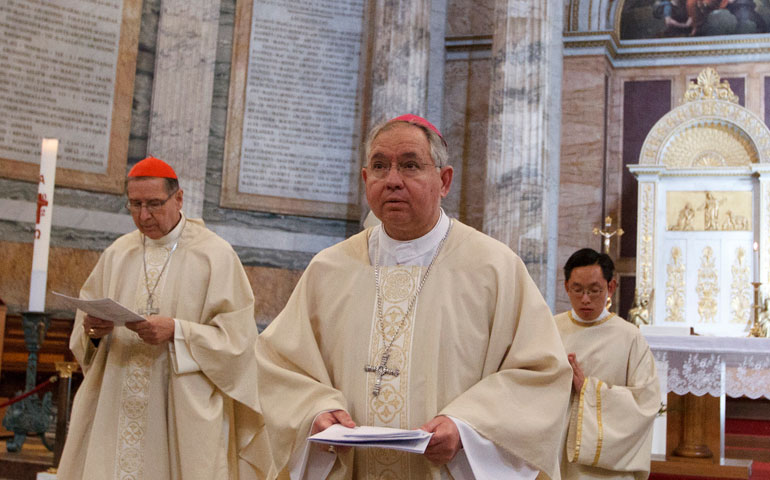
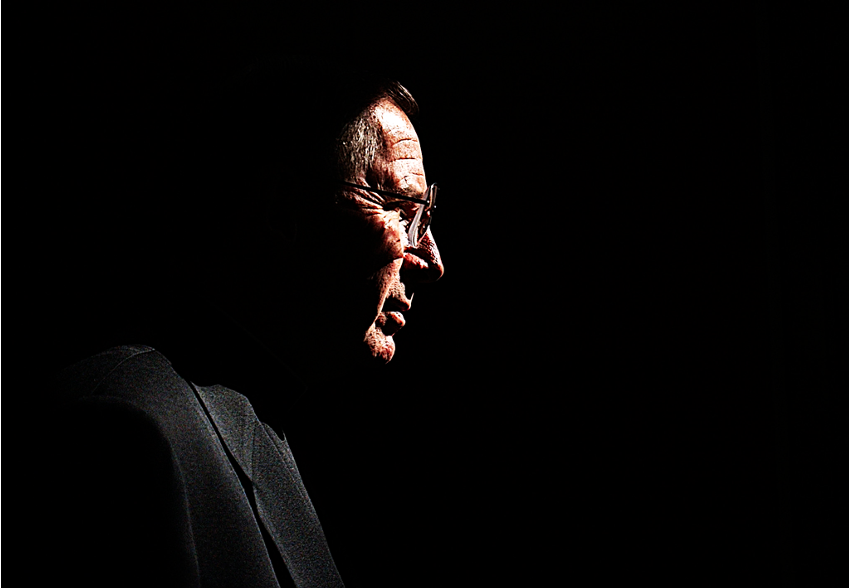
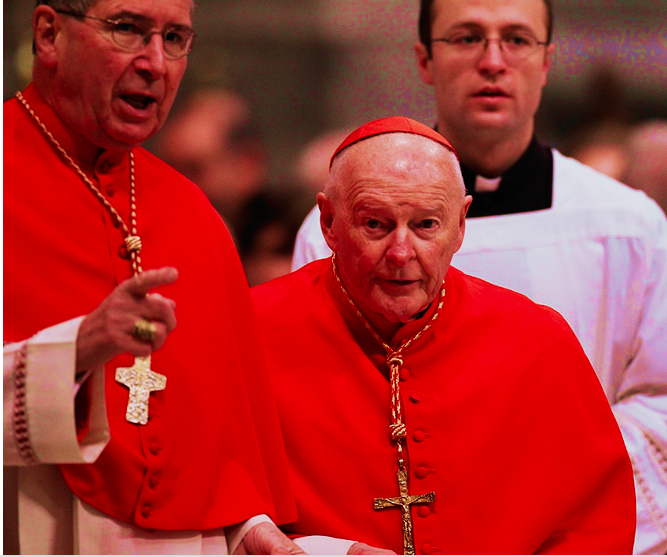
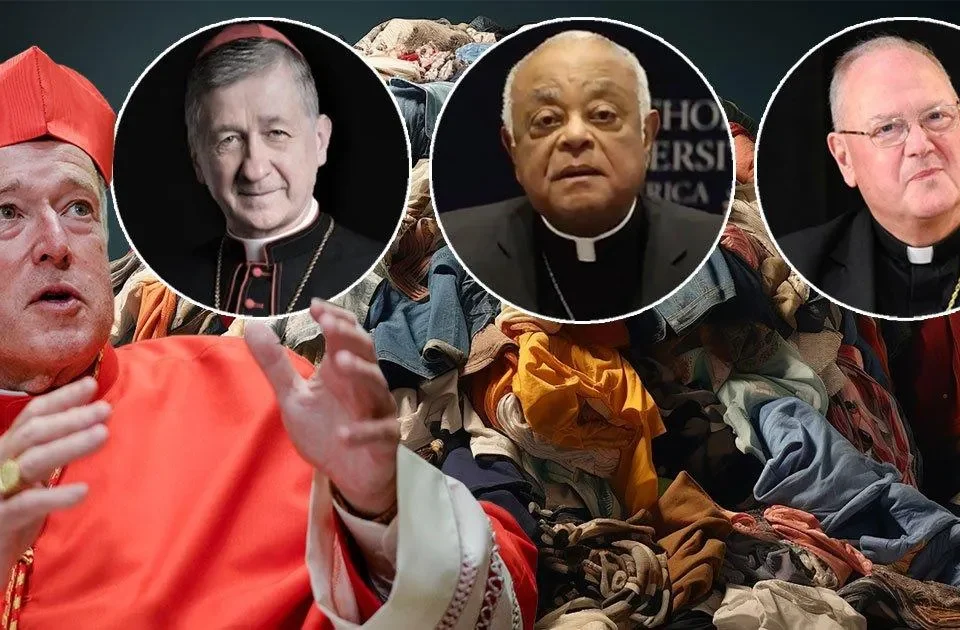
2 Comments
None of this should surprise anyone. The seminaries are teeming with homosexual seminarians. These gay men are ordained, many become bishops, still seething with gay lust. The aftermath is gay hustles, and the molestation of adolescent males. Mahony was the ringleader of this ignominious behavior for decades…
If homosexuals weren’t packed into Saint Johns in Camarillo, they would have only a few seminarians, I think 80-90% of the seminarians are gay, flaming in fact.